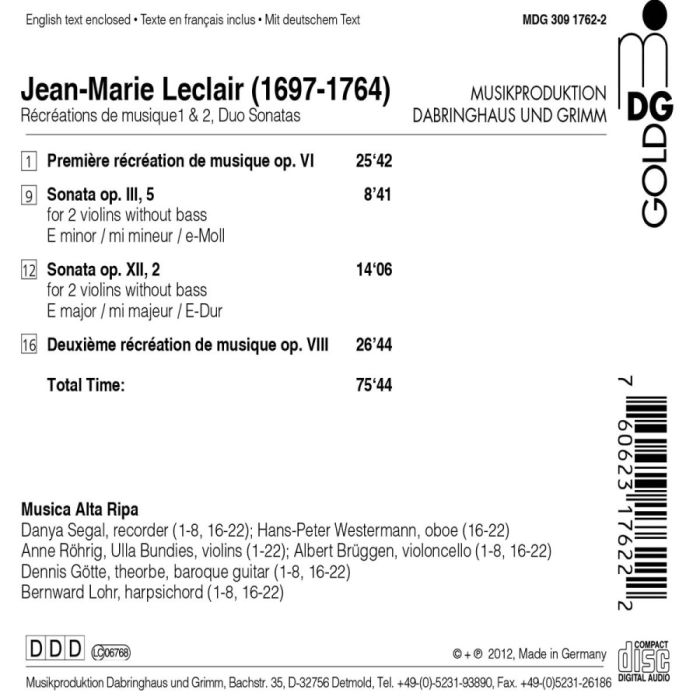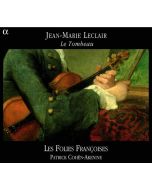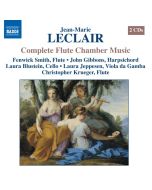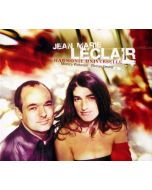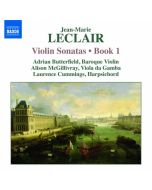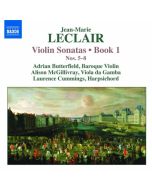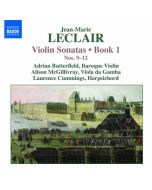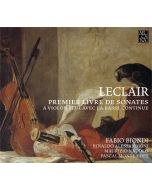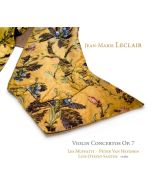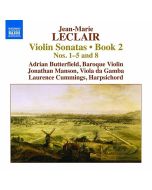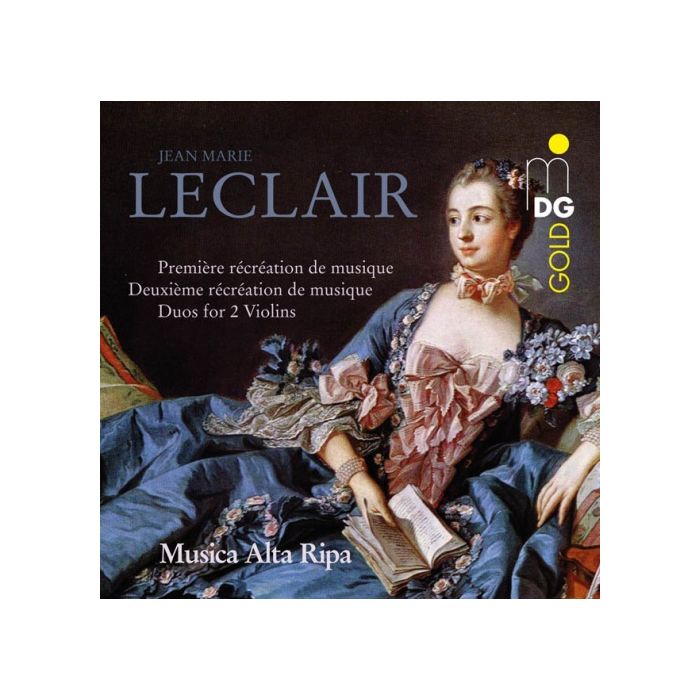
(Produkt nie został jeszcze oceniony)
kompozytor
Leclair, Jean-Marie
tytuł
Leclair: Premi?re & Deuxi?me Récréations de Musique, Sonatas
wykonawcy
Musica Alta Ripa
nr katalogowy
MDG 309 1762-2
opis
This disc offers both sides of the composer's oeuvre. On the one hand we hear two specimens from the two collections of sonatas for two violins without basso continuo which were printed as op. 3 and op. 12 respectively. The first appeared in 1730, the second between 1747 and 1749. Although there are French elements in them - both include a dance movement, a gavotte en rondeau and a menuet respectively - they are dominated by the Italian style. The largo from the Sonata in E, op. 12,2 has the first violin playing a cantilena with the second violin playing arpeggios. In these two sonatas the violins are treated on an equal footing, imitating each other or playing in parallel. However, there are also episodes in which the first has the lead and the second is reduced to an accompanying role or vice versa. The two pieces which were printed as Récréation de musique in 1736 and around 1737 are largely French in orientation. In fact these are dance suites as we know them from the 17th century. They begin with an ouverture which is followed by dances such as forlane, gavotte, passepied or sarabande. Each includes a chaconne, one of the most popular forms in France. The Première récréation ends with it, but in the Deuxième récréation it is followed rather surprisingly by an exciting tambourin, a folkdance which Rousseau described as ''a kind of dance much in style today in the French theatre''. Its character is underlined here by the addition of recorder and oboe to the violins. This is one of the features of the performance of these two suites. The first is scored for two violins, the second for violins or transverse flutes. In his liner-notes Bernward Lohr writes that ''we have instrumented Leclair's three-part texture (...) with the employment of a recorder and oboe and with a shifting continuo instrumentation in order in this way to endow the precise and sharp contrast element in his compositions with all the greater brilliance''. The wind instruments sometimes play in alternation with the violins but mostly colla parte. This reflects the performance practice in the French opera orchestra of the 17th century, and that seems fitting considering the character of the two suites. I am not totally sure, though, whether this is in line with Leclair's intentions, also because the recorder and the oboe seem to play hardly any role in his oeuvre. That said, musically speaking it works very well, and the character of Leclair's music is effectively expressed. The récréations are, according to the addition to their titles, easy to play. The two sonatas are quite different and techically much more demanding. The interpretations by Anne Röhrig and Ulla Bundies leave nothing to be desired. Leclair's music never disappoints, and this disc bears witness to that. He is one of the ensemble's favourite composers, and that shows. They play with zest and noticeable enthusiasm. Technically these performances are excellent, and musically very engaging. The dance rhythms in the two suites come off perfectly and many listeners will find it impossible to keep their feet still. This is simply wonderful stuff. • Johan van Veen - MusicWeb International
nośnik
CD
data wydania
25.09.2012
EAN / kod kreskowy
760623176222
64,00 zł
Produkt dostępny.
Wysyłka w ciągu 3 dni roboczych
Darmowa wysyłka dla zamówień powyżej 300 zł!
Darmowy kurier dla zamówień powyżej 500 zł!
sprawdź koszty wysyłkiProduktu jeszcze nie zrecenzowano, chcesz być pierwszy?
Pozostałe płyty tego wykonawcy
1 / 6
